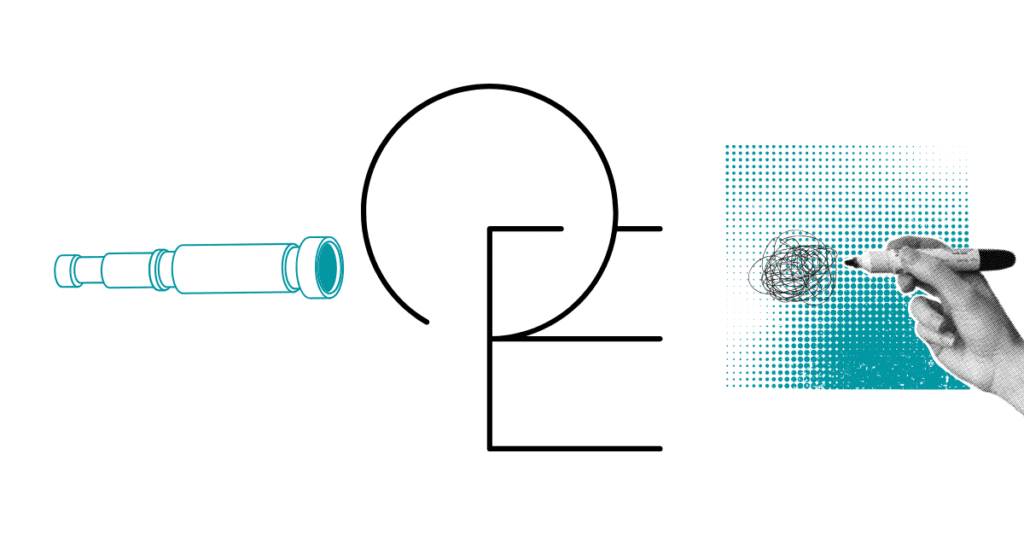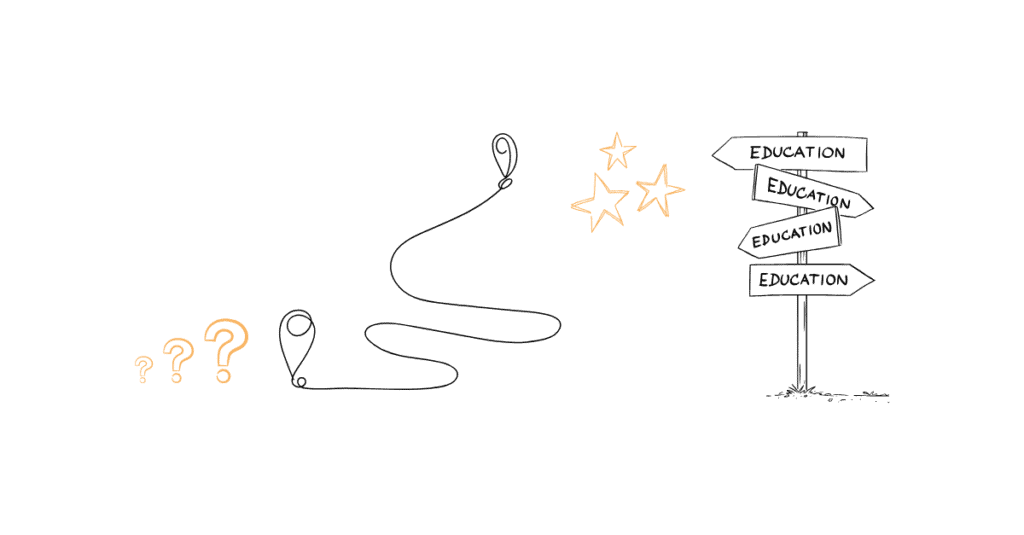Every organism and every system changes. Permanently. But systems have developed capabilities to remain stable despite constant change impulses. One could say that, despite its complexity and uncertainty, stability is the property of versatile systems.
Stability as a phenomenon of versatile systems
When it comes to change, transformation or change, you’re sure to think about business: digital transformation. Disruption. Nothing stays as it was. It is no longer about coping well with change or even managing it. It’s about understanding the nature of change, how to understand how an organization can change, and yet — or for that very reason — remain stable.
Always, and long before companies had even formed, change was a domain of nature and humans. Everything flows — panta rhei. Thus, Heraklit has not only formulated a quotable spell, but described a fact — to understand that is enough a daily new look at a tree.
Persistence vs ‘operational bustle’
So, if everything always changes, then do we possess a profound competence for change? A knowledge of it — a wisdom even — in whose light we do not understand change as a danger, but as something natural. Well, you know that’s not true. Change can cause fear and paralyze, we unconsciously react with resistance through perseverance — stagnation occurs.
Another conceivable reaction is to fall into actionism — to strive for new goals with all our strength, without turning to change itself. Klaus Kobjoll, a German hotelier and successful cultural converter, once described this as an “operational bustle in mental calm”.
If an impulse to change appears, two phenomena are observable: actionism and persistence. Both are sides of the same coin, two forms of resistance. Arnold R. Beisser has researched a third way.
Beisser was a professor of psychiatry and student of Fritz Perls, the founder of Gestalt therapy. As a child, he planned his life: tennis pro, doctorate, and marry at the age of thirty. Concentrated, he pursued these goals, won national titles and began to study medicine.
But then — Beisser was just 25 years old — he fell ill with polio and remained almost completely paralyzed. This change literally came overnight and was irreversible. However, the urge to achieve his life goals had not disappeared overnight; it was still there, only the way to his goals was suddenly cut off.
Arnold Beisser suffered. He was desperate, felt broken, his life plan was destroyed. He lived in the fight against himself.
Devotion to the present being
Yet, in the midst of despair, a searching spirit moved, allowing him to look at himself as if from outside. He saw that he was holding on to his goals with the same perseverance he had pursued her so far. He was fixated, and Beisser realized that this fixation was causing his suffering. And by holding on, any further development was blocked.
His once vital perseverance had brought him to a dead end, becoming a grim obstinacy.
Confronted with a pluralistic, multifaceted, changing system, the individual is left to his own devices to find stability. He must do this through an approach that allows him to move dynamically and flexibly with the times while still maintaining some central gyroscope to guide him.
This is what Beisser wrote in his famous essay “Paradoxical Theory of Change” in 1970. People are exposed to change impulses. As part of social systems that are themselves in motion, they have to respond to them just as dynamically and flexibly.
He can no longer do this with ideologies, which become obsolete, but must do it with a change theory, whether explicit or implicit.
Sticking to concrete goals quickly turns into a dead end when environments change and a previously meaningful goal suddenly becomes meaningless. Rather, people should acquire a competence in the change itself: to understand how change happens.
Arnold Beisser reached a point where his resistance broke. The energy was exhausted, it fell into a state that can be described with dedication: with the surrender to what is. He stopped striving for something, but accepted his present condition.
From this moment began a new development. Arnold Beisser experienced how changes happen, namely, “not from the attempt to force change, but to engage fully with the present being.”
This involvement with the present being is devotion, complete acceptance — and the courage to no longer avoid this being. Only then, according to Beisser’s insight, a human can become what he or she already is. In a person, a new path becomes visible, which is not cognitively planned or developed, but emerges from inside.
The five phases of change
When a person’s developmental process is disturbed or blocked, it becomes stagnant. Life becomes tedious, later — in the phase of polarization — dilemmas emerge, from which the client can not find out anymore. If this state remains unresolved, then diffusion occurs: the vitality of this person drives in all directions, but loses any goal, known structures dissolve. Beisser with his acute crisis had arrived at this stage.
The breakthrough occurs in the moment of the impasse (this term was added to humanistic psychology by Fritz Perls), in the confrontation with the present being. The impasse is the moment when a man bravely faces his present condition and gives up any evasion (through actionism or perseverance).
Mostly this moment lasts only a few minutes, but it means a turning point. The next phase is Perl’s expansion, and Beisser learned that, when he accepted being, his new path emerged.
Today, Beisser is remembered not as a professional tennis player, but as a professor of psychiatry, as a teacher and researcher, and as someone who, like a wise man, has gained not only knowledge, but insights into the nature of change.
What does his insight mean to us? It encourages us not to counteract change impulses with actionism or perseverance, but to ‘get into the flow’, to find an individual response to the change impulse dynamically and flexibly. It also means being ready to give up outdated plans and goals and find a new way in oneself. It challenges us to step out of learned patterns or stimulus-response schemes and pause. But it also means that evolutionary change is possible.
Beisser was a visionary, writing:
I believe that the same change theory outlined here is also applicable to social systems, that orderly change within social systems is in the direction of integration and holism; further, that the social-change agent has as his major function to ‘work with and in an organization so that it can change consistently with the changing dynamic equilibrium both within and outside the organization.
Whenever there is talk of change, transformation or disruption everywhere, Beisser offers us an integrating and evolutionary path. His insights, based on the strategies of Gestalt psychology, “are applicable, in the judgment of this author, to community organization, community development and other change processes consistent with the democratic political framework.”
This article was posted first on Medium by Michael Pohl
Read more:
The Paradoxical Theorie of Change (Beisser, 1970)
“Flying without wings: Personal Reflection on Being Disabled”, (Beisser, MD 1988)






